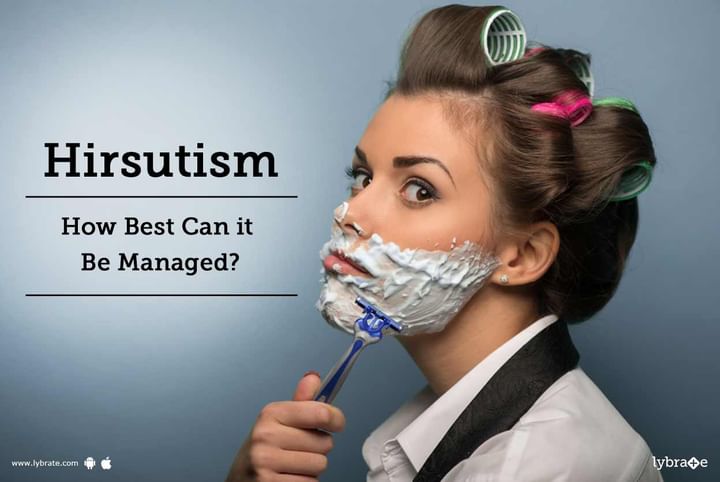Hirsutism - How Best Can it Be Managed?
Most women love the idea of having healthy and silky skin that feels smooth to touch. However, due to a certain reasons, some women can have excessive, unwanted hair on their chest, hands and face. The pattern is similar to what is seen in men. This can be a major psychological problem. Read on to know more about some of the common reasons for this and how it can be managed:
Common causes behind it
Hair pattern is largely determined by genetic makeup and hirsutism is often caused by genes, hormones, or medication which is another main cause is the excessive amount of testosterone in women. Conditions like obesity, polycystic ovaries disease, ovarian tumours, adrenal tumours, Cushing’s syndrome and drugs like Danazol can cause excessive androgen hormones. Women with this condition may also have a deep voice, huge breasts, enlarged clitoris, severe acne and may also suffer from hair loss. These symptoms are collectively referred to as virilisation.
Ways to control hirsutism
The treatment is aimed at removing the unwanted hair and treating the underlying cause. A combination of medications and procedures can help in removing the excessive hair.
- Weight loss: Reducing weight makes the body produce less of the male hormone, and so hirsutism is controlled.
- Female hormone replacement: Birth control pills are a good choice for women who do not want to get pregnant. They control the androgen hormone production and reduce hair growth and other characteristics.
- Anti-androgens: Spironolactone is an anti-androgen which counters the effect of testosterone; however, these have side effects and self-medication is not advisable.
- Topical creams: The face is the major area of concern and so creams like eflornithine are useful to control hair growth on the face.
Procedures
Depending on the patient’s severity of the problem and expectations, the following procedural options are available. While some of these can be done at home, others might require a visit to a doctor.
- Shaving: To be done repeated as and when the growth occurs.
- Tweezing: Isolated strands of hair can be removed with a tweezer.
- Waxing: This is useful in removing hair from large areas (chest, hands, etc.)
- Bleaching creams or lotions: The hair stays in place but is lightened in colour to give it a camouflaged appearance.
- Depilatory creams, lotions, or gels: These break down the hair follicles and prevent hair growth.
- Electrolysis: A small amount of electric current is applied to the hair follicle to destroy it, thereby controlling hair growth.
- Laser hair treatment: A small beam of highly concentrated light is applied to the affected area to damage the hair follicles and control hair growth.
Hirsutism is definitely not desirable, but there are definitely ways to manage the problems and get back to having a smooth, silky skin.
If you wish to discuss about any specific problem, you can consult a doctor and ask a free question.



+1.svg)
